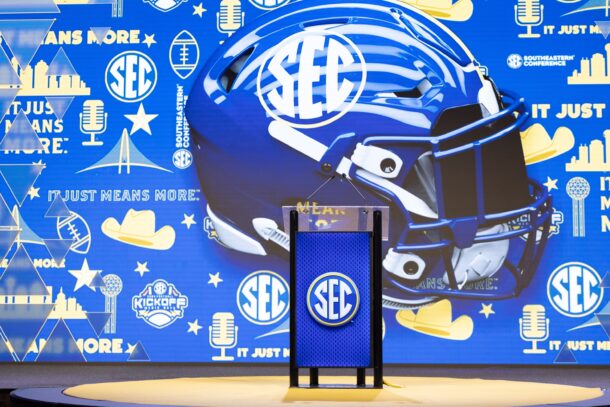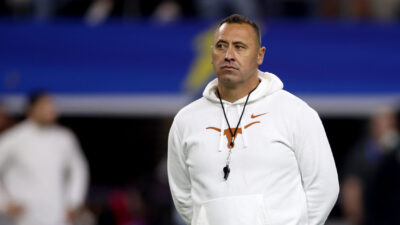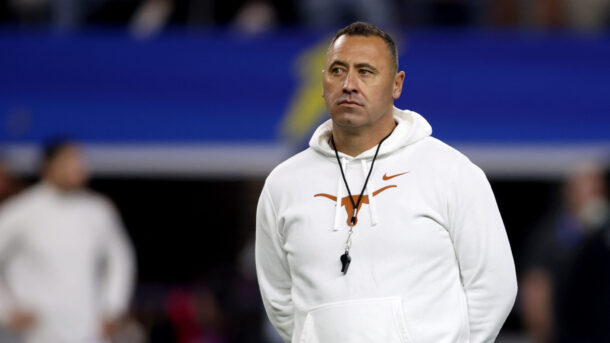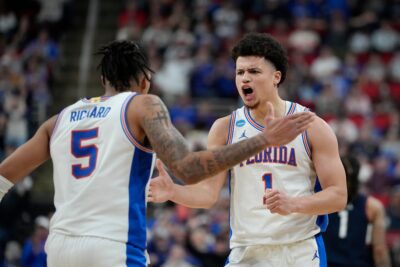Ad Disclosure
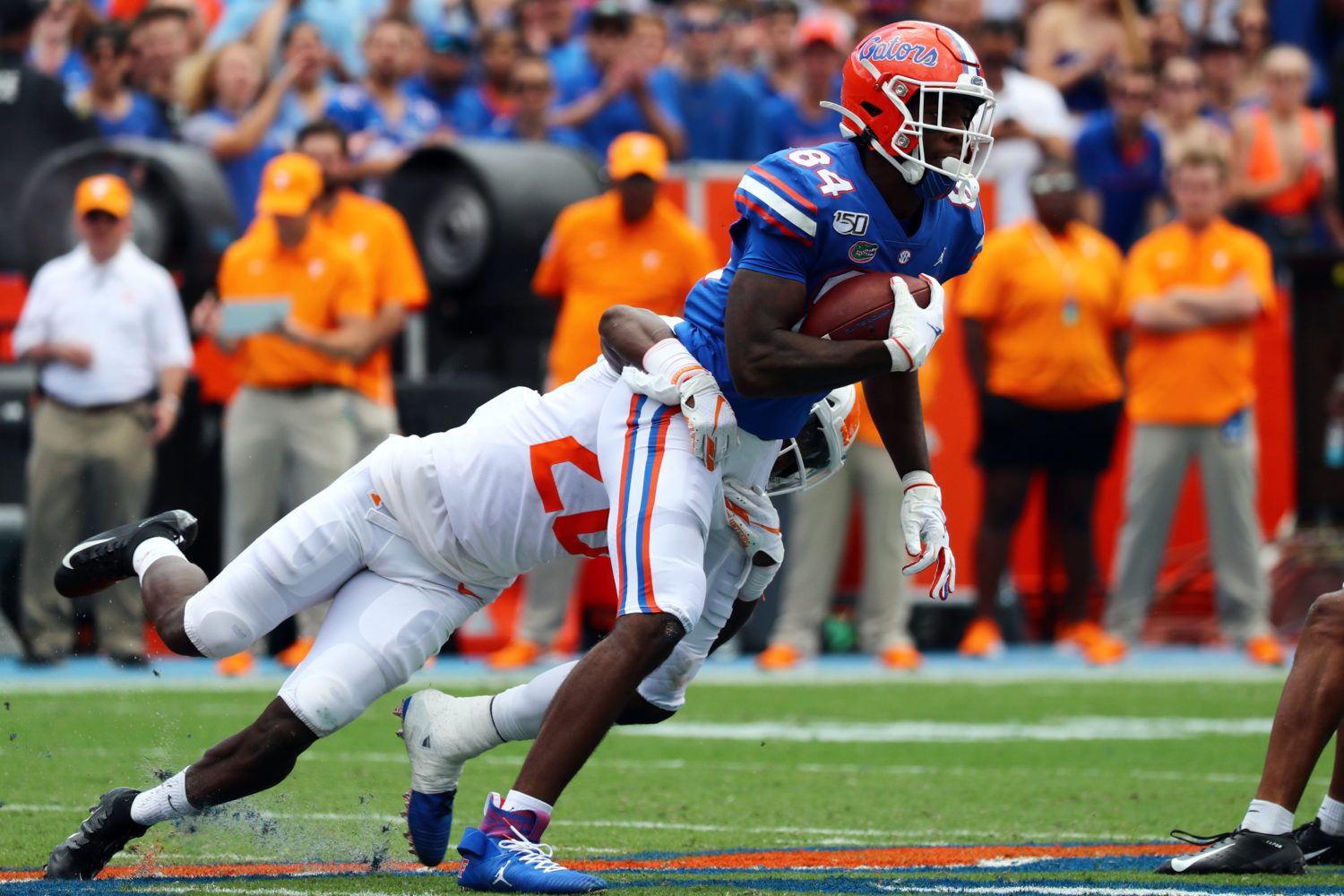
CFB Insider: NIL bill does NCAA a favor. Kyle Pitts is a weapon. And DBU’s new plan for Fulton
By Matt Hayes
Published:
Each week, Matt Hayes uses his sources around the country to bring you insider knowledge about what’s going on in and around the SEC ahead of this week’s games.
This is what he’s hearing from coaches and NFL scouts in Week 6 …
The lesser of 2 evils
I spoke with 3 athletic directors in the past 24 hours, and each had the same response to the name, image and likeness debate: It’s actually good for the NCAA.
“If they can get out of their own way and see this for the gift it is,” one athletic director told me, “they’ll realize this is the lesser of two evils.”
The two evils: allowing student athletes to make money off their name, image and likeness, and straight pay for play. With NIL, universities aren’t spending a dime – and more important, it eliminates the pay for play argument.
NIL is an agreement between student athletes and businesses. Universities have no part in the process and won’t spend a dime.
Every student athlete has the same option of making money with their NIL, and the market will dictate who earns deals. The NIL will also eliminate any Title IX issues because men and women have the same ability to use their NIL. Again, the market dictates who earns.
The NCAA has had a working committee on name, image and likeness for much of this year, but nothing substantial has come of it. One AD said it’s “a typical NCAA committee that takes forever” to embrace change.
But once California governor Gavin Newsom signed a law allowing California students to make money off their NIL, and once other states (including Florida) followed, the timeline for the NCAA working committee picked up significant steam.
The California law is effective 2023; the Florida bill could be passed as law as soon as July 2020.
Pitts another weapon for Gators’ offense
It’s rare when spring stars develop into fall factors. Spring practice is typically used for developing young players.
Spring practice is where Kyle Pitts first made a significant move toward playing time at Florida, and he’s now as dangerous in the passing game as any tight end in the league.
“He looks very fluid out there. He’s a natural receiver,” an NFL scout told me this week. “Soft hands, big target, really athletic. And he can catch it anywhere it’s thrown.”
Pitts signed with Florida despite late pushes from Alabama and Georgia, and he played most of his freshman season on special teams. One month into this season, he has made Florida’s deep and talented receiving corps even better.
He also has quickly become the top target for QB Kyle Trask. Since Trask took over as starter from injured Feleipe Franks late in the Kentucky game, Pitts has 9 catches for 120 yards and 3 TDs in 9 quarters.
He has the speed and catch range to expose the middle of the field against defenses playing 2-high safety – the most prominent defensive scheme in the SEC.
A secondary answer
Look for LSU to play more 5 defensive back sets, and more intriguing, doing so by moving preseason All-SEC CB Kristian Fulton to nickel.
The reasoning is simple: teams are spreading the field with RPO offenses, and trying to find mismatches in the middle of the field. Some teams move their No. 1 receiver (Texas did this numerous times in September) inside to the slot, hoping to get matchups with slower linebackers or safeties.
That’s where Fulton, a projected 1st-round pick, enters the mix. It won’t necessarily be a permanent move to nickel; it would be more temporary by down and distance situations. It could even be Fulton following a team’s No. 1 receiver on the field – inside or out.
“That’s not surprising at all. We’re doing it in our league,” an NFL scout told me. “You have to do what protects your pass defense. If your No. 1 (corner) is outside on the boundary or field, and they’ve got their No. 1 (wideout) in the slot, you can’t just let that happen without making a corresponding chess move.”
Moving Fulton inside in specific down and distance situations is easier because of how well freshmen CBs Derek Stingley, Jr and Cordale Flott have played.
More problems for Helton at USC
Another loss is bad enough for embattled USC coach Clay Helton. The next hit off the field this week is just as damaging.
Bryce Young, the No. 1 dual-threat quarterback recruit for the 2020 class, decommitted from USC and committed to Alabama on the heels of last weekend’s loss to Washington.
Young is from Mater Dei High School, a pipeline of sorts for USC – especially with elite quarterbacks. Matt Leinart., Max Wittek, Matt Barkley, JT Daniels – all the way back to Todd Marinovich.
The uncertainty of Helton at USC had to have been a significant reason by Young decommitted. The narrative now is – you guessed it – there’s no way Urban Meyer would lose a quarterback from Mater Dei.
Before the season began, then-athletic director Lynn Swann declared USC’s standard is winning the conference. In other words, win it or else.
A second Pac-12 loss last weekend to Washington will make it that much tougher for USC to win the Pac-12 South Division, much less the conference championship.
The head-to-head edge USC had on South favorite Utah is gone, and USC isn’t good enough defensively to make up for its careless offense (13 turnovers). Those are bad signs with tough road games over the next 2 months (Notre Dame, Arizona State, California).
Matt Hayes is a national college football writer for Saturday Down South. You can hear him daily from 12-3 p.m. on 1010XL in Jacksonville. Follow on Twitter @MattHayesCFB
